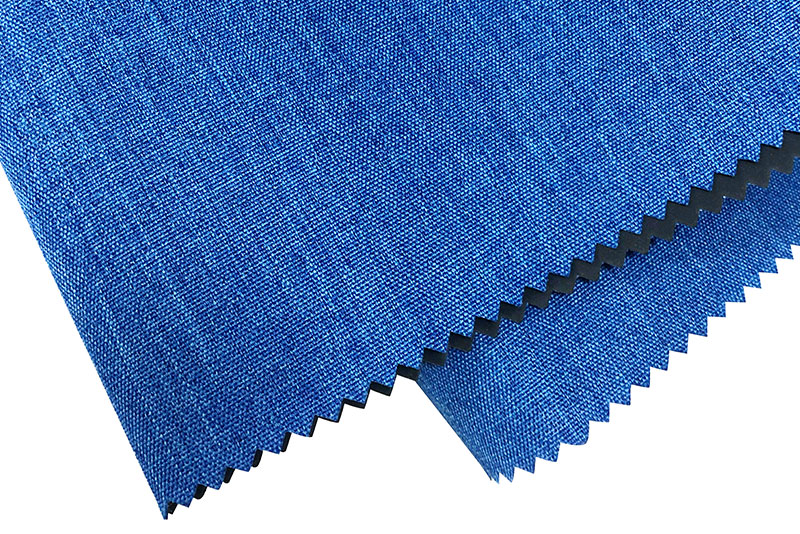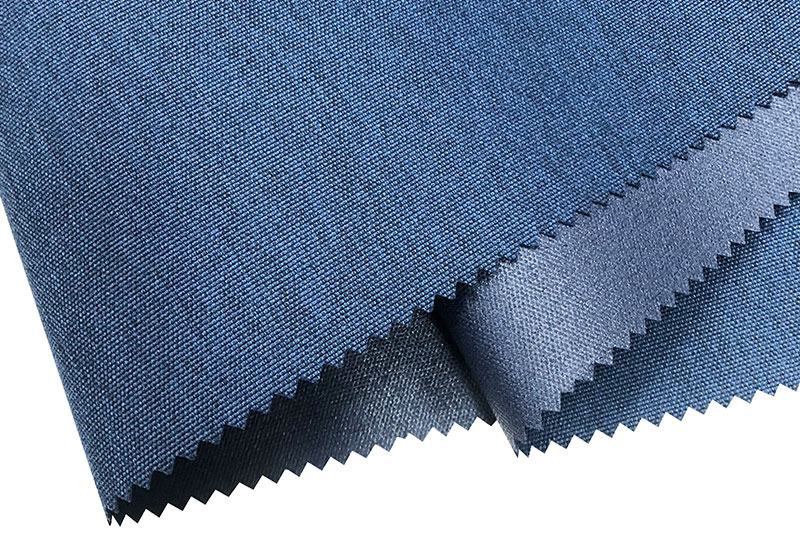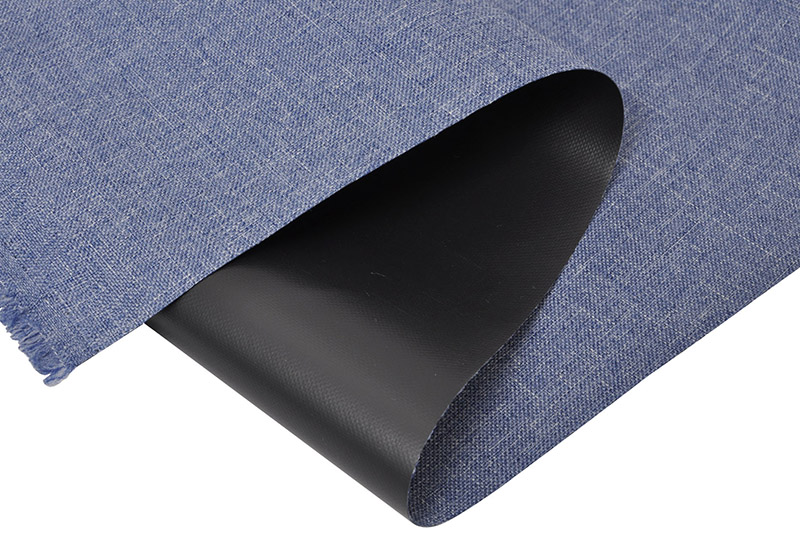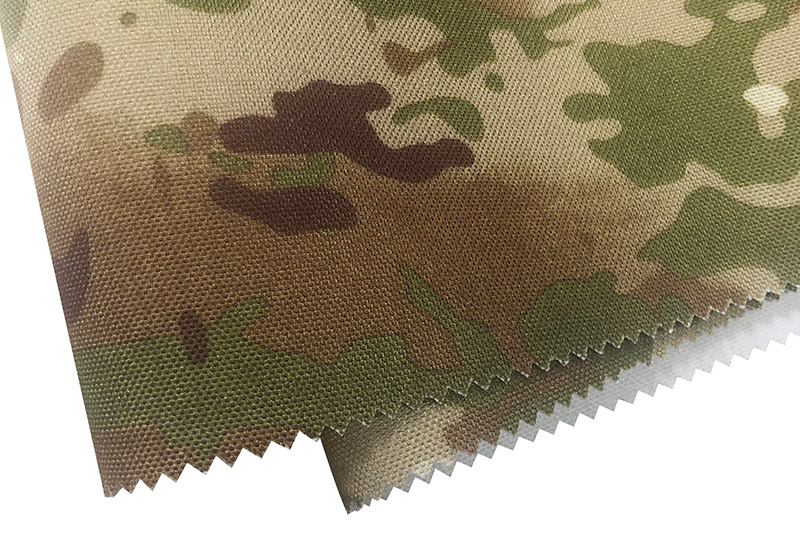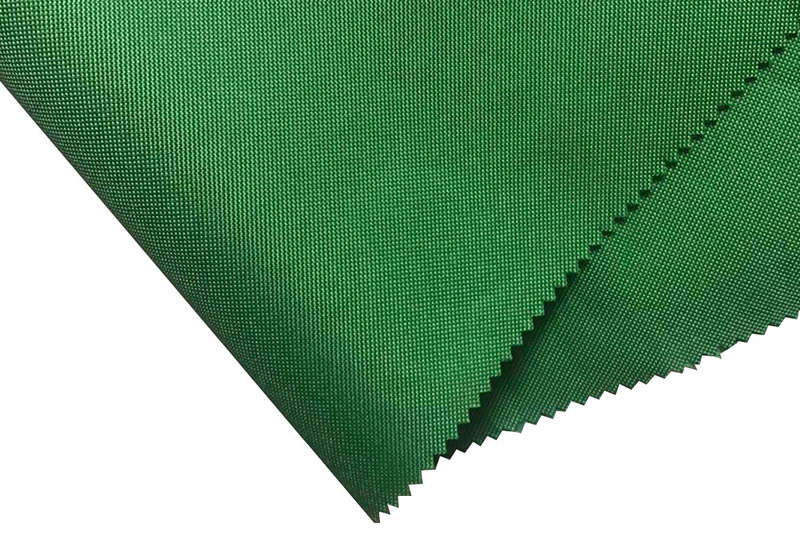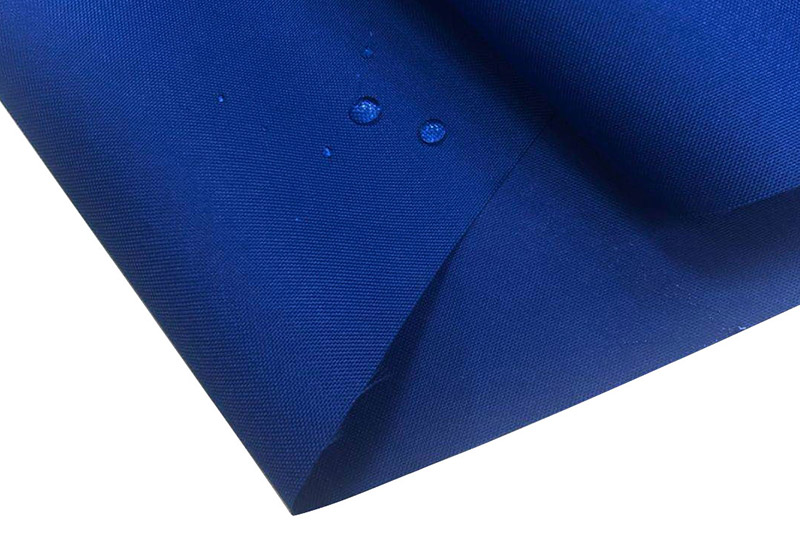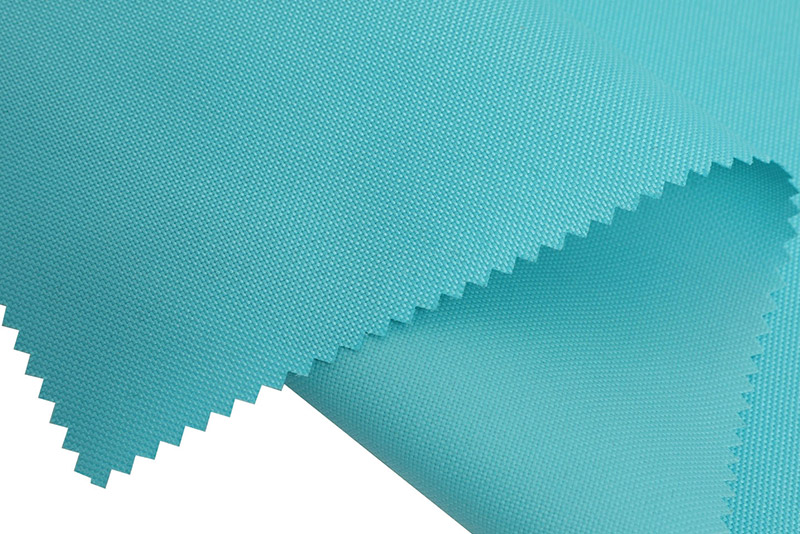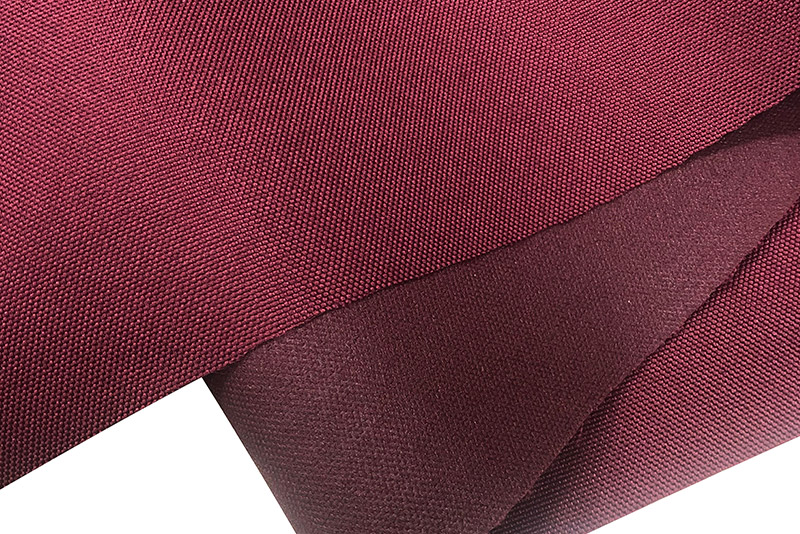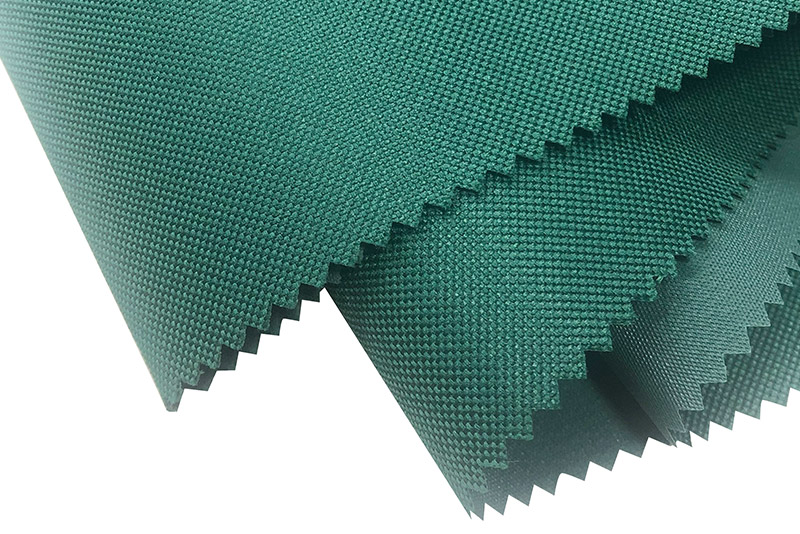Outdoor fabrics are a kind of functional textile materials designed to cope with complex and changing natural environments. Whether it is mountaineering clothing, tents or outdoor furniture, outdoor fabrics have become people's best partners when they are close to nature with their excellent performance and durability. As people's enthusiasm for outdoor activities grows, the outdoor fabric industry is also constantly innovating and developing.
The original intention of the design of outdoor fabrics is to meet people's needs for comfort, protection and durability in harsh environments. The following are the main features of outdoor fabrics:
Waterproof and breathable
Waterproof performance is one of the basic requirements of outdoor fabrics. It can effectively block rain and moisture, and at the same time achieve breathability through microporous membrane technology, allowing human sweat to be discharged and keep dry and comfortable.
Wear and tear resistance
Outdoor activities are usually accompanied by friction and pulling, so outdoor fabrics need to have extremely high wear resistance and tear resistance to cope with complex terrain and usage scenarios.
Anti-ultraviolet
Long-term exposure to the sun may cause skin damage. Outdoor fabrics are usually specially treated to effectively block ultraviolet rays and protect users from harm.
Lightweight design
In order to facilitate carrying and reduce burden, outdoor fabrics are often made of lightweight materials without sacrificing their strength and functionality.
Easy to clean and durable
Outdoor environments are prone to dirt, oil, etc., so outdoor fabrics usually have good anti-fouling and easy-to-clean properties, and can withstand multiple washings without affecting performance.
According to different uses and performance requirements, outdoor fabrics can be divided into the following main materials:
Nylon
Nylon is a common outdoor fabric material, which is favored for its high strength, wear resistance and lightness. It is widely used in products such as jackets, backpacks and tents.
Polyester
Polyester has excellent UV resistance and quick drying properties, and is often used to make sun-proof clothing and outdoor furniture fabrics. In addition, the use of recycled polyester fiber is also in line with environmental protection trends.
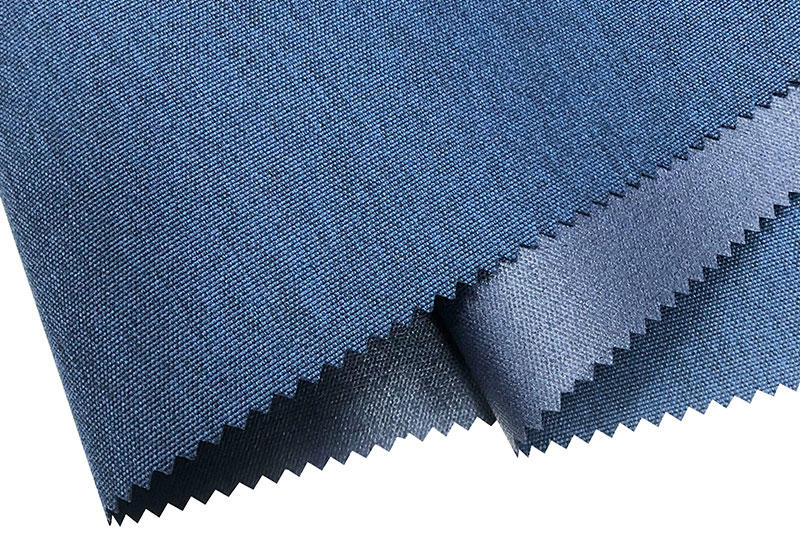
Functional membrane fabrics such as Gore-Tex®
Gore-Tex® is a revolutionary waterproof and breathable fabric made of polytetrafluoroethylene (PTFE). It achieves excellent waterproof and breathable properties through a microporous structure and is widely used in high-end outdoor clothing.
Cotton and blended fabrics
Although cotton fabrics are highly hygroscopic, traditional cotton fabrics do not perform well in wet environments. Therefore, modern outdoor fabrics often use cotton blended with other fibers (such as polyester or nylon) to improve their durability and functionality.
Coated and laminated fabrics
Many outdoor fabrics are enhanced with PU coating or TPU lamination technology to enhance water resistance and durability while maintaining a soft feel and flexibility.
Outdoor clothing
Outdoor clothing such as jackets, mountaineering pants, and ski suits are the main application areas of outdoor fabrics. These garments need to have multiple functions such as waterproof, windproof, breathable and warm to adapt to extreme weather conditions.
Tents and sleeping bags
Outdoor camping is inseparable from tents and sleeping bags. They are usually made of high-density nylon or polyester fibers, which are waterproof, moisture-proof and tear-resistant, ensuring the safety and comfort of campers in the wild.
Outdoor furniture
Outdoor furniture such as parasols, lounge chairs and sofa covers also need to use weather-resistant fabrics. These fabrics must not only be waterproof and stain-resistant, but also be able to withstand sunlight and climate change.
Sports equipment
Functional sports equipment such as running clothes, cycling clothes and hiking shoes also rely on high-performance outdoor fabrics to provide support, protection and comfort.
Industrial use
In some special scenarios, outdoor fabrics are also used to make industrial products such as protective clothing, safety belts and cover cloth to meet the high standards of professional fields.
Versatility
Outdoor fabrics can meet multiple needs at the same time, such as waterproof, breathable, UV protection and wear resistance, making them perform well in various environments.
Durability and reliability
Whether in high mountains, deserts or marine environments, outdoor fabrics can maintain stable performance for a long time, reducing the cost of frequent replacement.
Environmental protection potential
With the popularization of the concept of sustainable development, more and more outdoor fabrics are beginning to use recycled materials or degradable fibers to promote green consumption.
Broad market prospects
With the rapid development of outdoor sports and tourism industries, the demand for outdoor fabrics will continue to grow and become an important branch of the textile industry.
Intelligent fabrics
Future outdoor fabrics may incorporate intelligent technologies, such as temperature control, heart rate monitoring or GPS positioning functions, to provide users with more comprehensive protection and support.
Green and environmentally friendly
More companies will focus on developing low-carbon and environmentally friendly production technologies and materials, such as plant-based fibers or recycled materials from marine waste, to reduce the impact on the environment.
Ultra-lightweight and high-performance combination
Technological advances will make outdoor fabrics lighter and thinner while maintaining or even improving their strength and functionality to meet the needs of extreme sports enthusiasts.



 English
English 简体中文
简体中文 русский
русский Español
Español